How to Disinfect your Violin or Viola
I wrote this blog post during the COVID-19 pandemic and at the time was starting to prepare for a return to face-to-face group lessons in Vancouver. One thing that came to mind was how I was going to safely tune the instruments that the students could not tune themselves – certainly a challenge when COVID-19 guidelines listed not to share items, equipment and materials – but in the world of beginner violinists and violists, there is always a strong possibility that I will have to touch an instrument or several in one session. As part of my preparation for a return to in-class lessons, I thought I should put something together for my students to refer back to. And so here it is: How to safely disinfect your violin and/or viola, without damaging it…
Materials Needed
-
Hydrogen Peroxide (3% or more), Alcohol or Alcohol wipes
- Cotton rounds or pads (2 or more)
- Dish soap
- Clean and non-abrasive clothes (2)
- Paper towel
How much time does it take?
- It should take you less than 15 minutes to clean and a few extra minutes to dry your instrument. In total, perhaps 20 minutes. If you’ve never cleaned your instrument before, then the first time might take a few more minutes.
How often should I disinfect my instrument?
- It depends on how often you have in-person or face-to-face lessons. If you are attending in-person lessons, then you should clean your violin or viola at least once per week, ideally just before you leave for your lesson.
- If you are doing online lessons and never share your instrument, then you really do not need to ‘disinfect’ your instrument regularly. Wash your hands before playing and practice proper care and maintenance.
Will cleaning my instrument with alcohol damage it?
- Yes and no. Alcohol can be used on the following parts: Strings, Pegs, Fingerboard and Chinrest. It is imperative that the alcohol not touch the varnish in any capacity as it could damage the varnish.
How to Disinfect your Violin or Viola
Step 1
With either a hydrogen peroxide or alcohol soaked cotton ball or alcohol wipe, squeeze out any of the liquid that could potential drip onto your instrument, then wipe the following:
- Chinrest
- Tailpiece and fine tuners
- Strings
- Fingerboard
- Pegs (do not touch the peg box, as you could damage the varnish)
Step 2
Soak a non-abrasive cloth in water and ring out the excess water. Put a drop of the dish soap on the damp cloth and start wiping down the body of the violin.
Step 3
With another damp cloth, remove the soap from the body of the violin and pat dry with a paper towel.

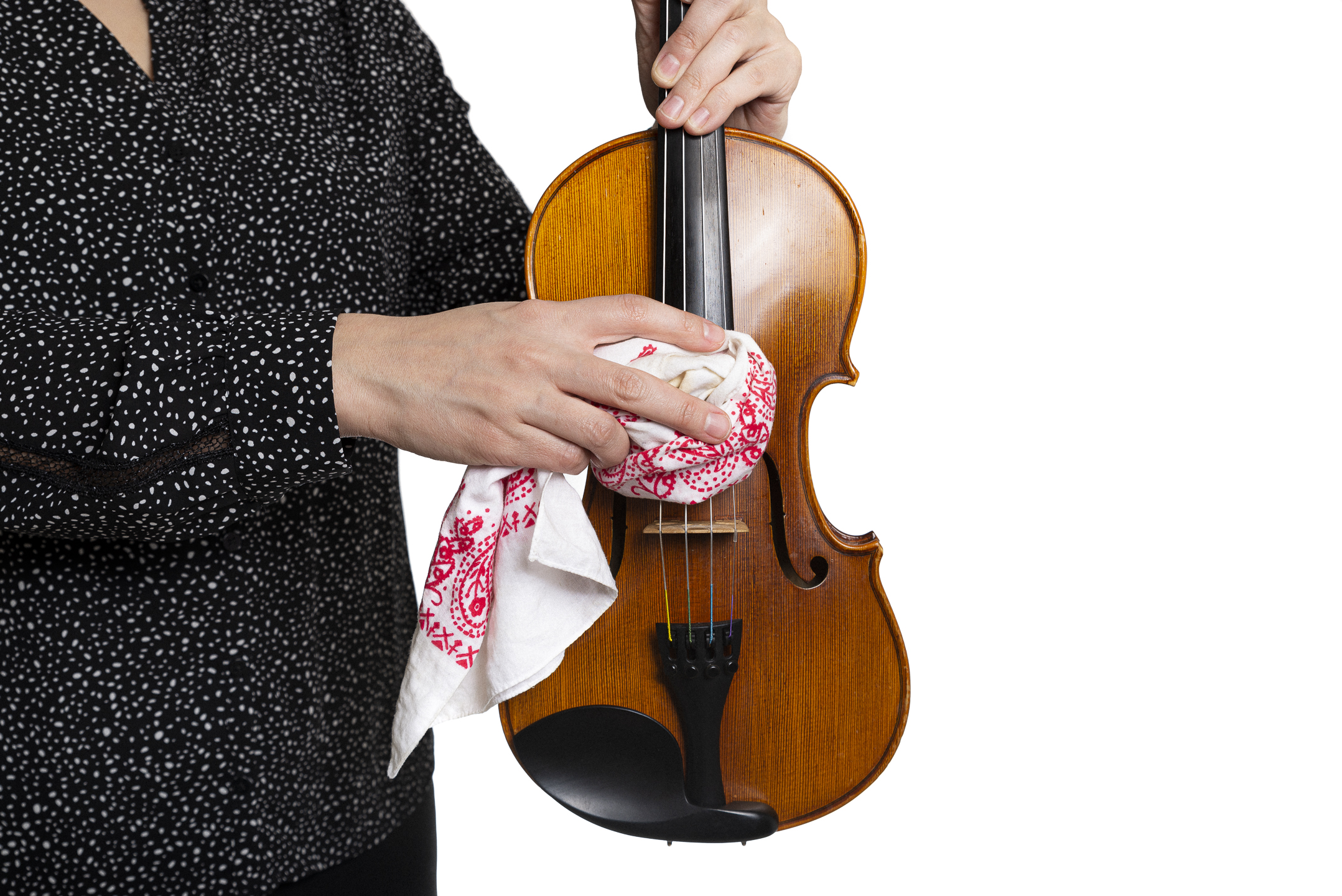
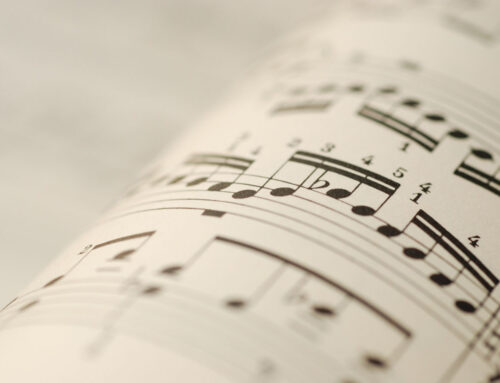
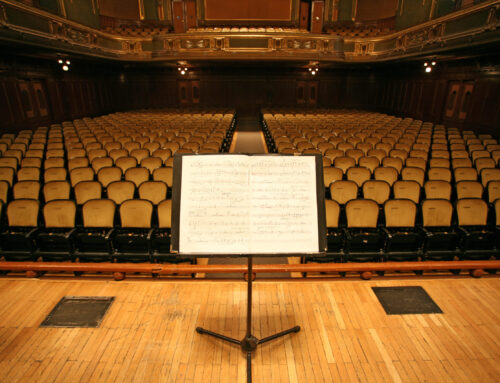
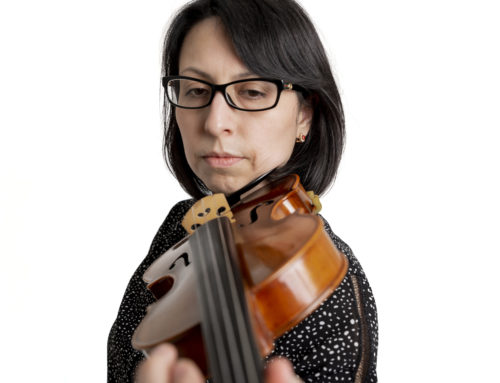
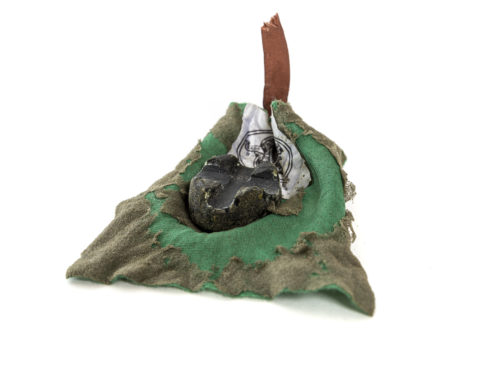
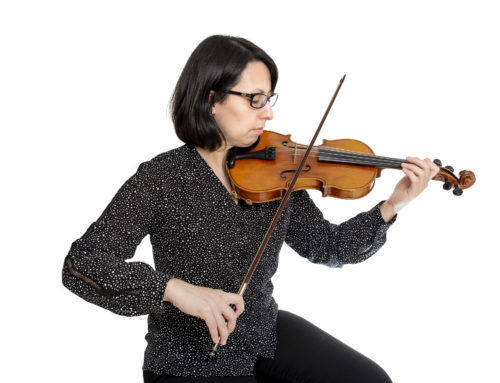
Leave A Comment